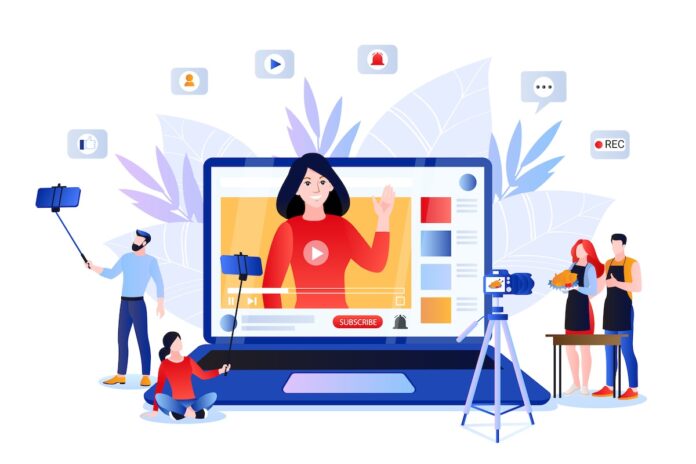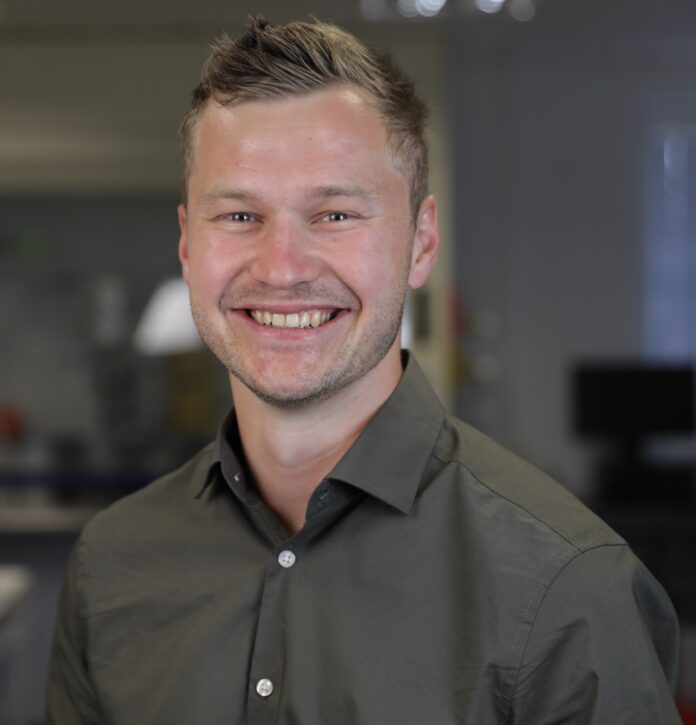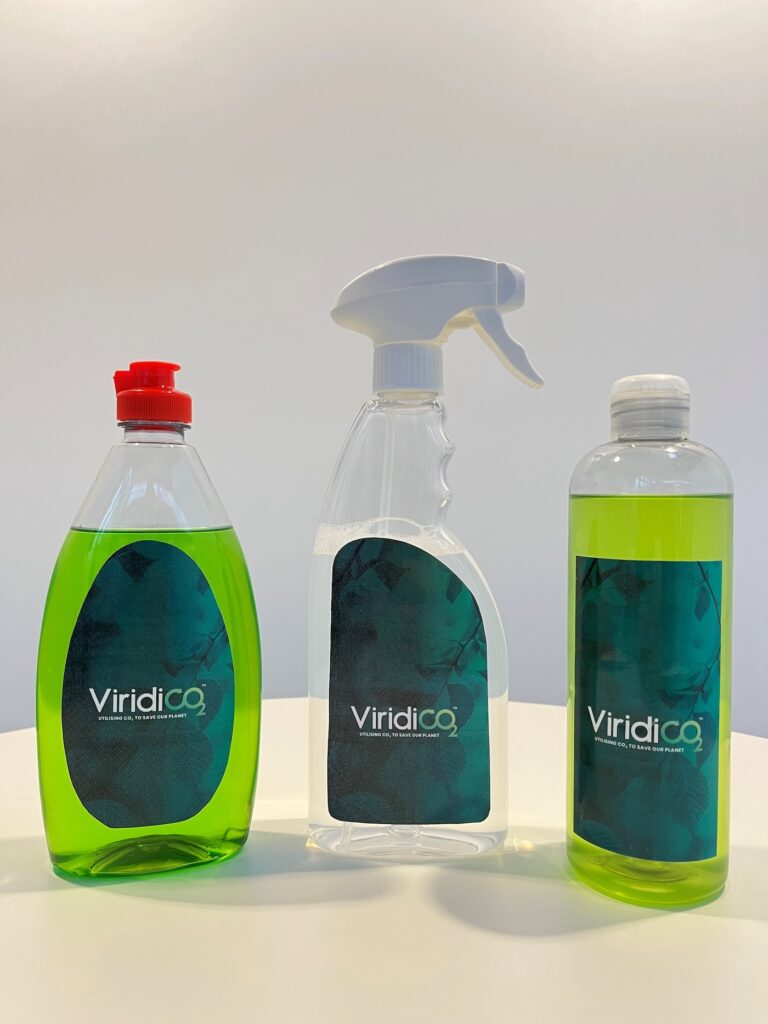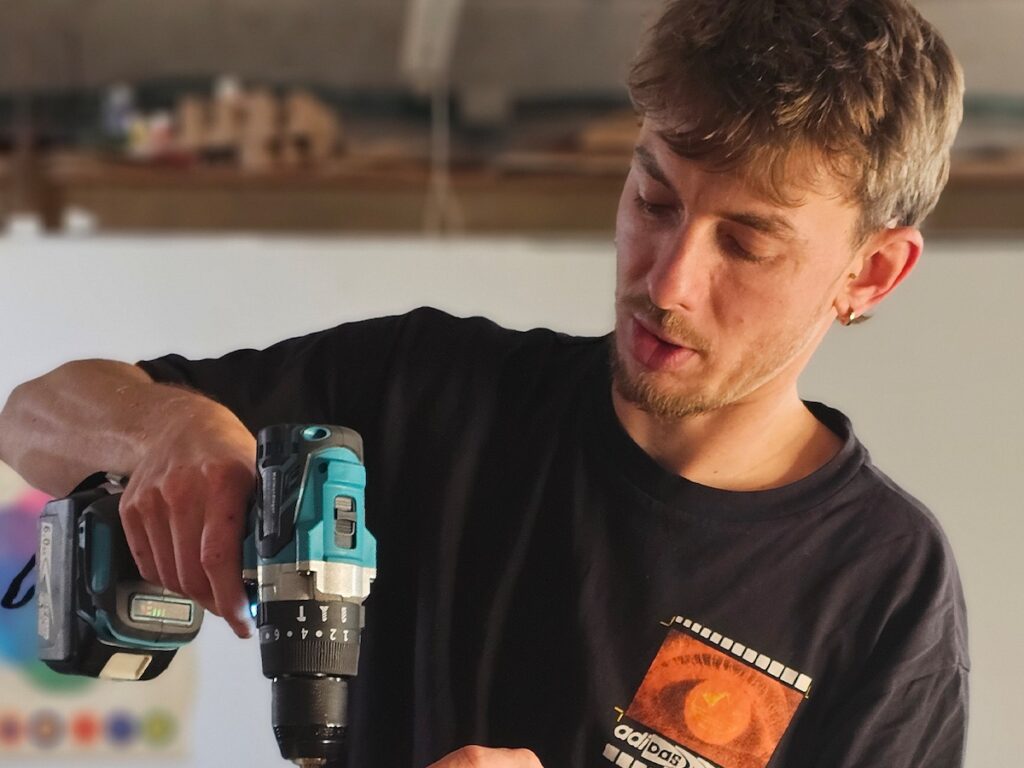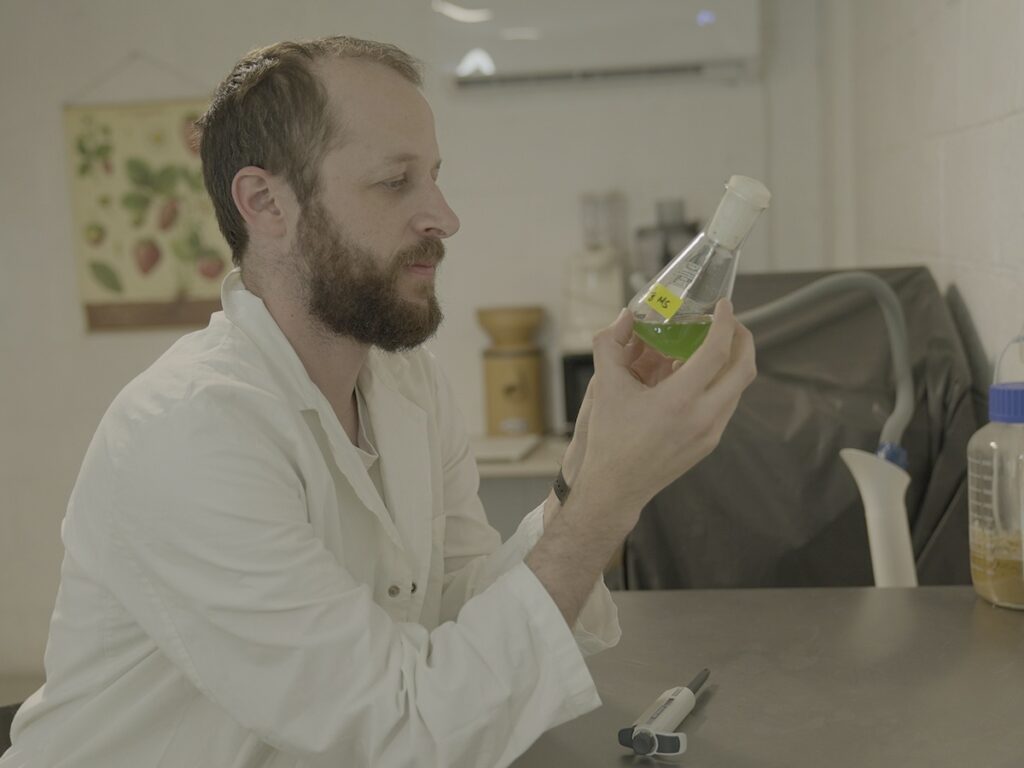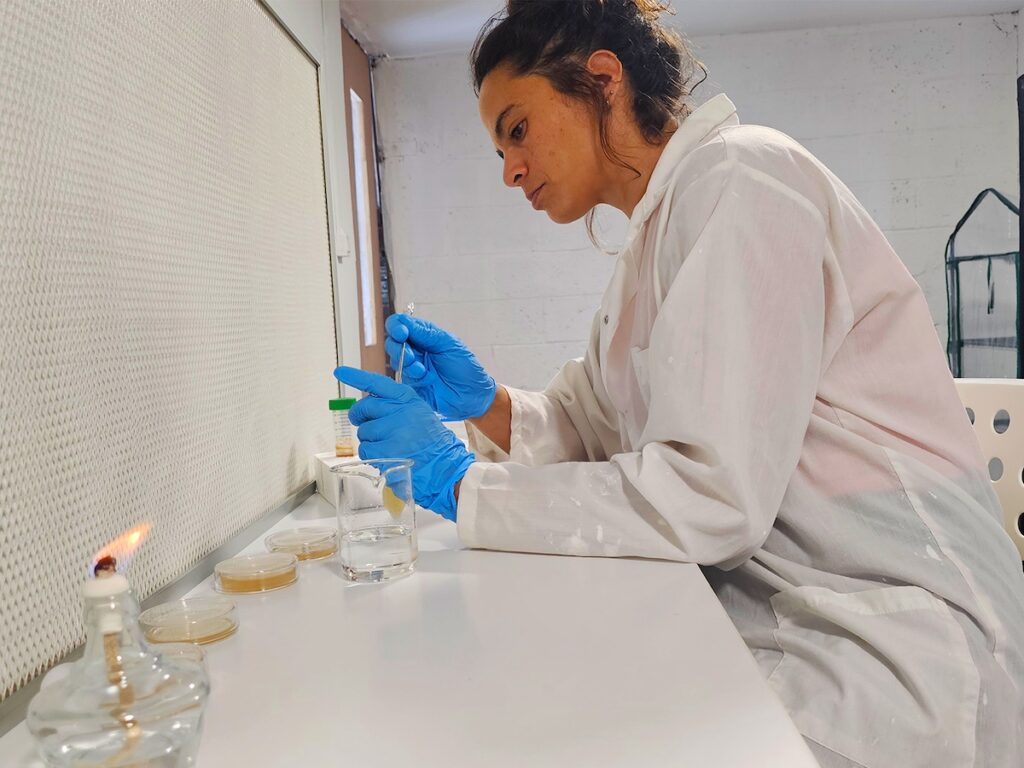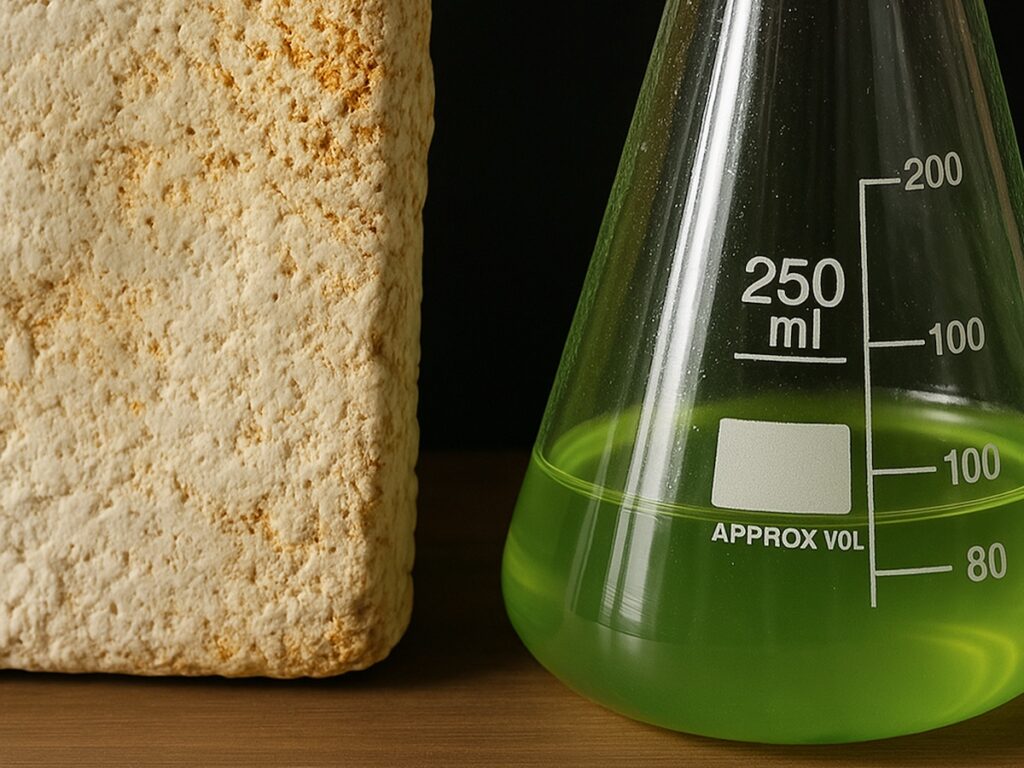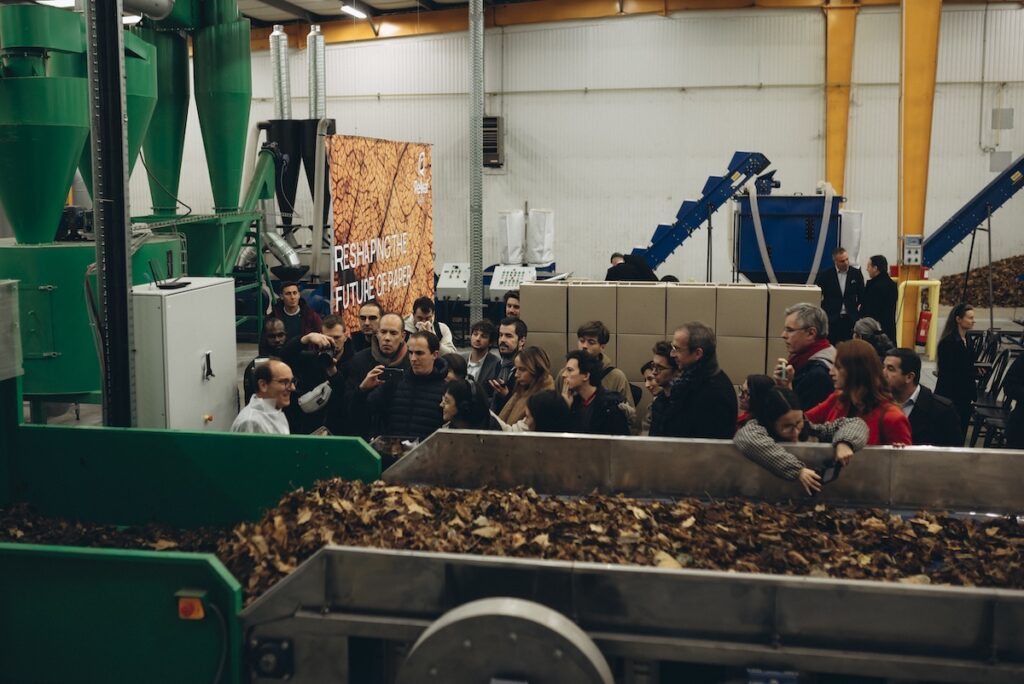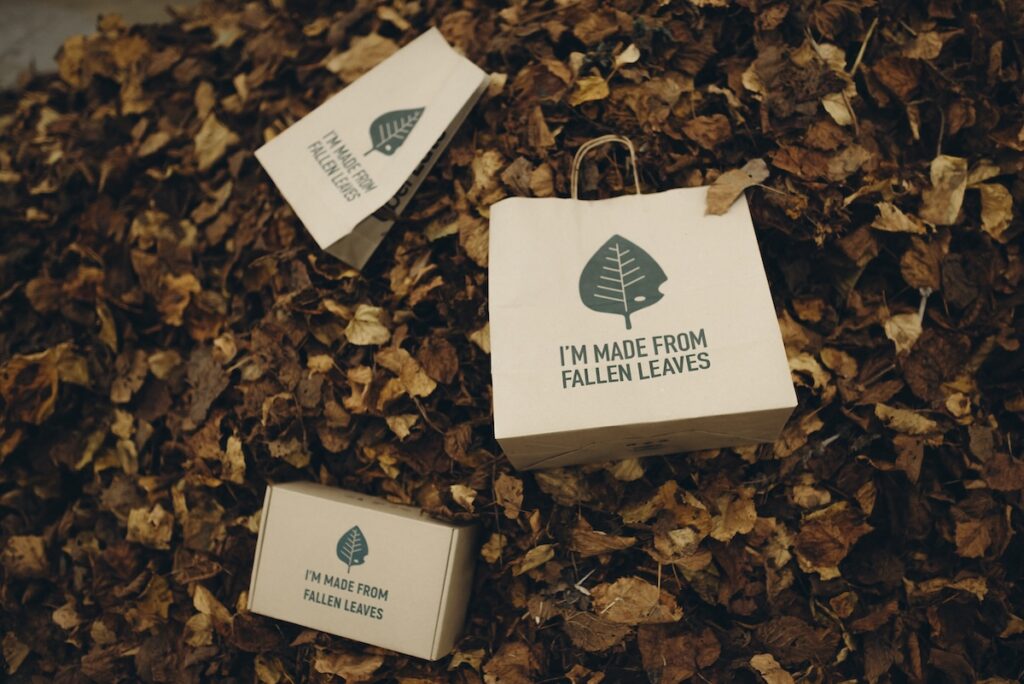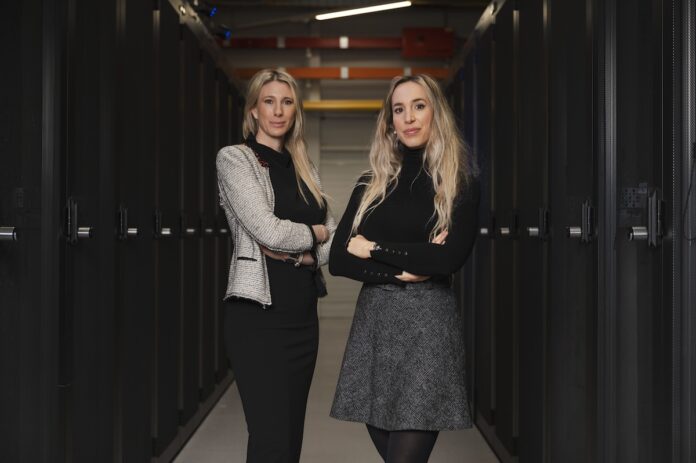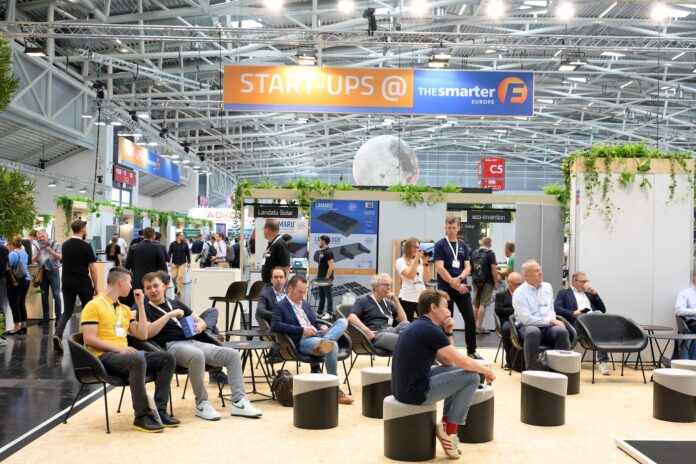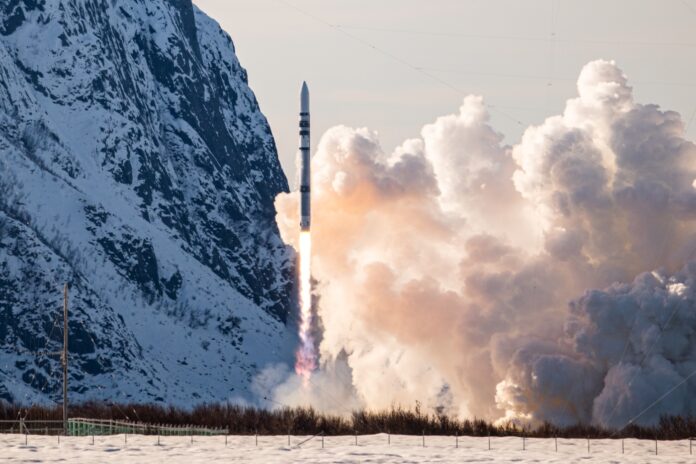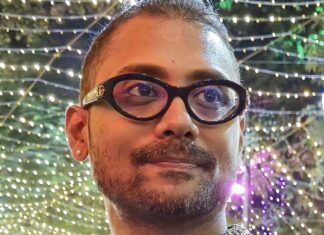Younger consumers are now turning to video-first social media platforms to discover brands and find new products.
According to iStock’s creative insights platform, VisualGPS, 69% of British Gen Z and Millennial users enjoy watching short-form videos on social media, such as Instagram Reels and YouTube Shorts. At the same time, 41% of respondents say they are inspired by long-form videos – noting an appetite for diverse video content formats.
This echoes recent findings from Sprout Social, which shows that younger British people use Instagram, YouTube and TikTok more than Facebook and X (formerly Twitter) to get their information.
For SMBs looking to build deeper connections with Gen Z and Millennial audiences, creating authentic, relatable and emotionally engaging social media videos is key. From taking views on your business journey through behind-the-scenes videos, to tailoring the messaging based on the industry your business operates in, here’s a guide to get you started.
Offer an inside look into your business
Relatability is one of the biggest reasons why people connect with brands and influencers on social media. That is why Get Ready With Me (GRWM) videos have become popular with millions of social media users, as it gives viewers a sneak peek into people’s lives in real-time. According to VisualGPS, 7 in 10 British Gen Z and Millennials say they see more people like themselves represented on social media than in traditional media.
With 97% of British people stating that authentic images and videos are key in establishing trust this can be an effective approach to connecting with your audience.
For small businesses looking to recreate the GRWM magic on their social platforms, be willing to show audiences what goes behind-the-scenes. It doesn’t require a huge budget or a big production crew. The key is to make viewers feel like they’re having a conversation with a friend.
Create a behind-the-scenes video to illustrate what a typical day looks like for you and your team, film a brainstorming session for a new project, or show exactly how you’ve built and created your product or service. This will help capture the elements that make your brand unique.
However, if you are selling a product or service in your videos, be mindful to present it in a way that feels organic, so it doesn’t come across as a paid advertisement.
Your brand is your superpower
SMBs looking to build a personal connection with younger audiences on social media should think about creating fun and entertaining videos that showcases their brand personality. iStock’s research found that 47% of British Millennials and 44% of British Gen Zs use video-first social platforms as a source of entertainment.
If you are building a community-focused brand, your employees are your influencers. Show them taking part in fun activities. For example, a sports clothing brand can film staff doing a 5k run wearing their apparel. If you’re a premium jewellery brand, use high-quality, slow-motion video to highlight the craftsmanship and care that goes into the product being made.
Know your industry sector
Bear in mind that video content performs differently based on the industry sector your business operates in.
For instance, if you are a small retail or e-commerce business, iStock’s VisualGPS data shows that more than 7 in 10 British consumers prefer videos that show product demonstrations. This can be visualised through unboxing videos, product tutorials and customer testimonials, which can help boost brand trust among UK shoppers.
For SMBs providing health or wellness services, videos of personal routines, honest consumer stories and people setting fitness goals are most likely to resonate. iStock’s findings show that 73% of Brits prefer to see real people taking steps to improve their health, over images that show perfection.
Creating authentic and relatable videos will go a long way in making your brand stand out on social media. It not only allows content creators to boost brand visibility, but it also builds credibility with younger consumers. That credibility will go a long way in forging deeper customer relationships and can help result in real business growth.
Autor: Jacqueline Bourke, Senior Director of Creative for EMEA at Getty Images & iStock
As Senior Director of Creative for EMEA at Getty Images & iStock, Jacqueline heads up a team of researchers, that curates creative insights and regionally relevant content based on worldwide communications and analyze social, cultural and technological data.
Combined with Getty Images’ invaluable access to customer buying patterns, the team’s work helps identify and shape visual trends that better connect customers to brands under Getty Images’ VisualGPS offering.
Credits: Volodymyr Kryshtal-iStock
Statements of the author and the interviewee do not necessarily represent the editors and the publisher opinion again.
